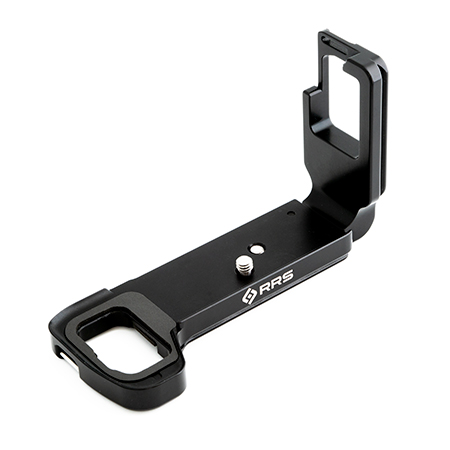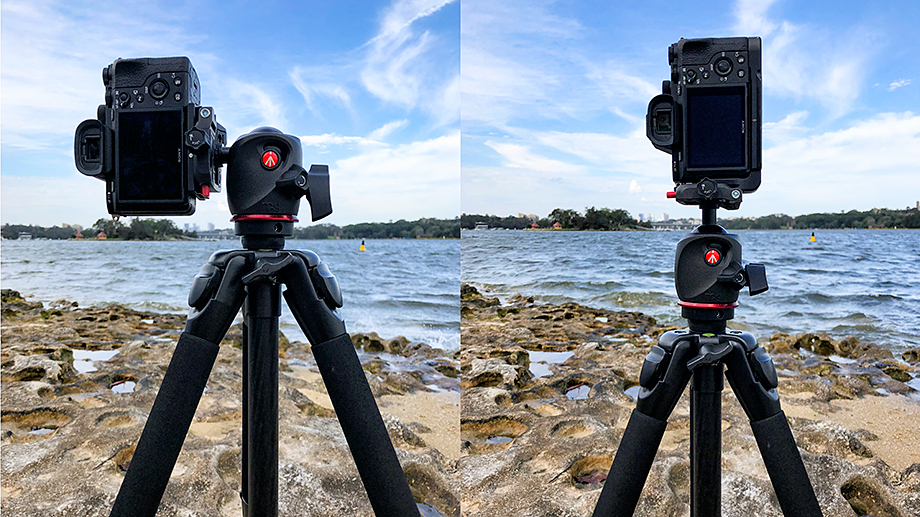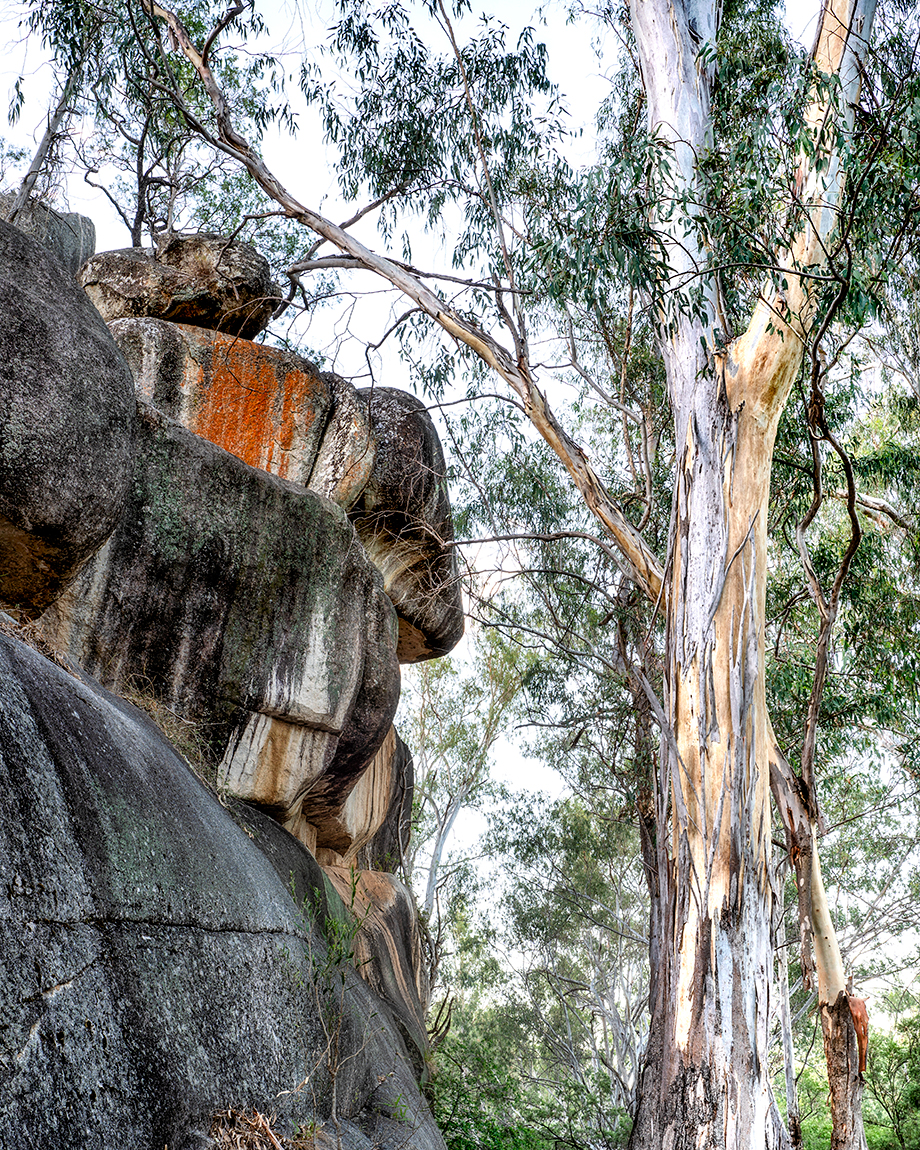Lately I’m feeling much more inclined to shoot in portrait, or vertical orientation using a tripod – thanks to this indispensable gadget:

It remains a mystery how I survived without this L-Plate from Really Right Stuff (RRS) for so long! In fact, I’d go so far as saying that no sane tripod user should leave home without one.
This sturdy bracket takes the place of a traditional tripod plate. It screws into the camera base, wrapping neatly and securely around two sides of the camera, and clamping onto the tripod head from either side.
For me the biggest advantage of the L-Plate is the extra stability when shooting vertically.
With a traditional tripod plate, tilting the camera over to portrait orientation leaves all the weight of the camera hanging by one small screw from the side. This is quite insecure, especially with heavy lenses fitted. I’ve seen this first hand when the camera has rotated on the screw during a long exposure, resulting in a blurry image.
In addition, the weight of the camera is sitting off the tripod’s centre of gravity. Any movement is therefore exaggerated, and the whole lopsided setup is easily prone to toppling over in a gust of wind or from an accidental bump.
With an L-Plate fitted, the weight of the camera and lens is supported from below whether you choose landscape or portrait orientation. The gear always sits directly above the tripod’s centre of balance, so the weight is evenly borne by all 3 legs. You also gain a few inches of height in the camera’s positioning.

L: With traditional tripod plate. R: With L-Plate.
Another major plus with the L-Plate is that vertical panorama stitching comes into scope. The optical centre of the lens can be aligned with the rotational point of the tripod, so you can pan to capture overlapping frames, reducing parallax issues in the stitched image.
There are plenty of L-Plates on the market, but I didn’t look any further than this one, as it’s custom made to fit my Sony A7RII camera body. The battery door of the A7RII is easily removed and fitted to the L-Plate, and the plate can be extended to retain access to the USB terminal and other ports on the side of the camera if required. This is an essential feature if you’re using a cable shutter release, and also makes for a good firm handle to grip the camera.
RRS has a large range of custom L-Plates to suit all the popular camera brands.
If you’re considering an L-Plate, beware that you might need to fork out for a tripod head with a compatible clamp. RRS uses an Arca-Swiss dovetail style fitting. To accommodate this I needed to find a new tripod head. RRS has their own excellent range, but I chose the Manfrotto MHXPRO-BHQ6 Ball Head and found it’s a perfect fit with the BA7R2-L Plate.
So … look out for more portrait images from me now! Here’s one from a recent trip to Kwiambal National Park to start with. Cheers!

[Lemon Tree Flat Campground, Kwiambal National Park]

